Milk, an essential component of daily nutrition for many, requires packaging solutions that not only preserve its freshness and nutritional quality but also increase market appeal. In this comprehensive blog post, the three primary packaging contenders (glass containers, plastic bottles, and paper cartons) will be explored extensively with their advantages and drawbacks examined – each presents different challenges that shape how milk is presented and perceived within today’s marketplace.
Section 1 Glass Bottles Wholesale for Milk Packaging
1.1 Advantages of Glass Milk Bottles
Glass milk bottles wholesale are widely acclaimed for their many advantages, namely their eco-friendliness and health benefits. Being 100% recyclable is one advantage; multiple uses from these reusability means reduced waste and resource use. Furthermore, unlike plastics which may leach harmful chemicals into milk’s natural taste and nutritional profile – something consumers increasingly concerned with food safety are looking out for.
Milk in glass bottles presents businesses with an economical means for bulk procurement. Ordering in large volumes can significantly lower unit costs, making them financially viable options for many retailers and wholesalers. Furthermore, glass packaging’s premium appearance enhances perceived product value, potentially leading to higher sales and customer satisfaction rates. Its inert nature also ensures flavor preservation – an essential factor when serving quality-minded consumers.
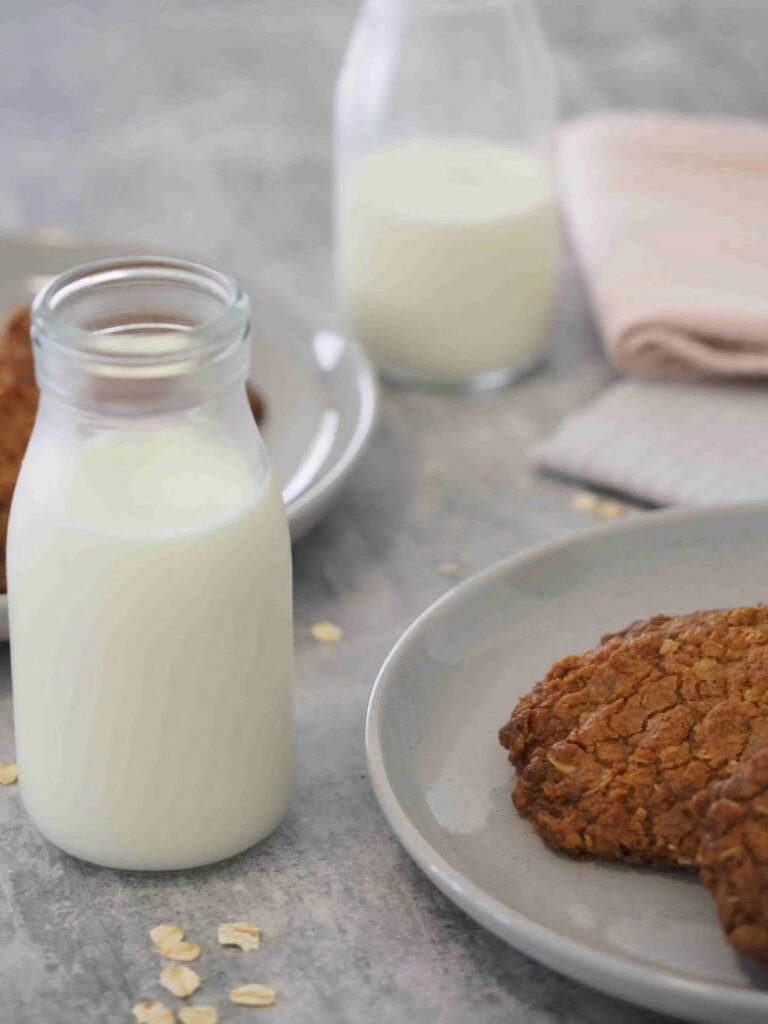
1.2 Challenges of Glass Bottles
Glass bottles for milk present several logistical difficulties when it comes to transportation and shipping costs, handling costs, and carbon emissions. Their weight can have an enormous effect on this equation and fuel usage during transport will increase as well as expenses related to fragile handling or packing materials that increase both costs and environmental impacts.
Fragile glass presents another danger. Broken pieces can result in product loss and pose safety hazards during production and distribution channels, necessitating additional investment in protective packaging and quality control measures to ensure safe deliveries.
Wholesale glass milk bottles remain popular products to purchase for bulk sale; their popularity being a testament to their many advantages over disadvantages in many situations. Glass bottles also reflect growing consumer trends toward eco-friendly, high-quality packaging options that reflect these ideals – making them attractive choices for brands who wish to align themselves with these values.
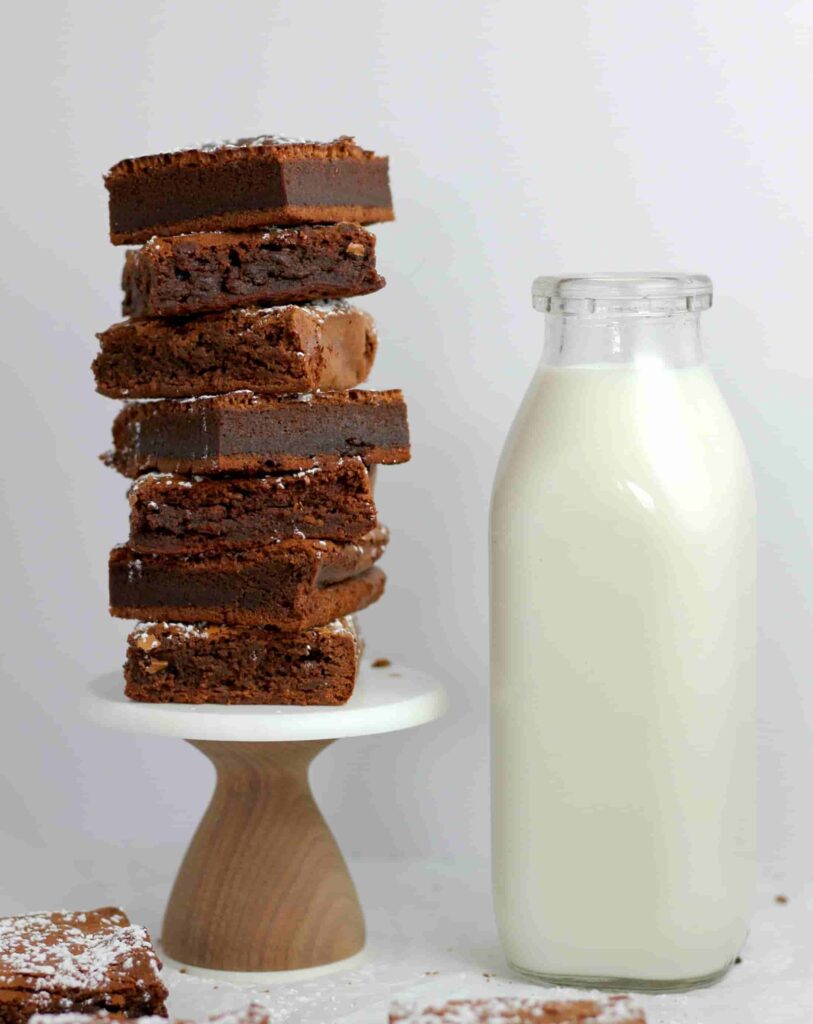
Section 2 Plastic Bottles for Milk Packaging
2.1 Benefits of Plastic Bottles
Plastic milk bottles have long been an integral component of milk packaging due to their practical benefits. Their lightweight nature stands out as one of their main attractions, significantly cutting transportation costs and handling burdens. This enables lower shipping charges and easier maneuverability in retail settings, while shatterproof properties of plastic offer increased product protection against breakage.
Milk plastic bottles offer numerous cost-cutting advantages for producers. Their production costs tend to be far less expensive than glass or carton alternatives, providing companies with significant packaging cost savings opportunities. Furthermore, plastic offers unparalleled design flexibility; moldable shapes allow for unique packaging designs that increase brand recognition while appealing to broader consumer bases; ergonomic designs can improve user experience by making bottles easier to hold and pour.
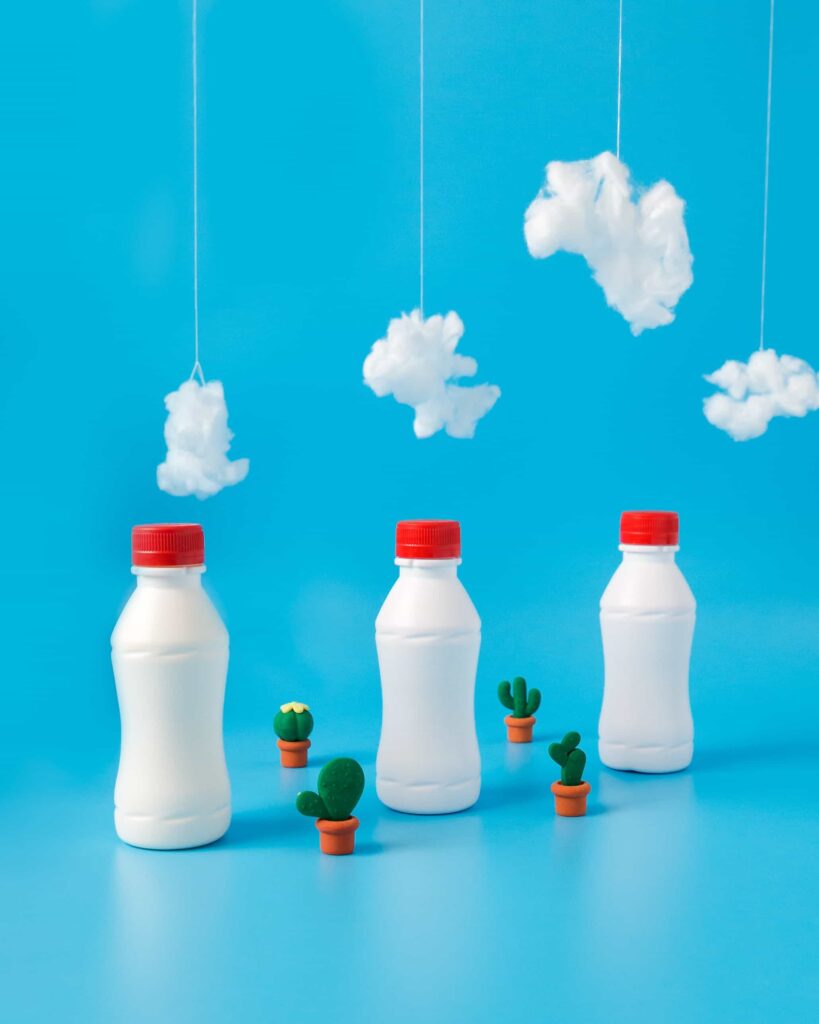
2.2 Downsides of Plastic Bottles
However, plastic bottle usage also poses major environmental concerns, with one of the major ones being their contribution to global plastic waste. While they can be recycled, recycling rates tend to be low resulting in large volumes ending up in landfills or oceans which has lasting negative consequences such as contributing to pollution or harming wildlife populations.
One major worry associated with plastic packaging is its potential health hazards. Certain kinds of plastics may release chemicals into milk when exposed to heat or extended storage, raising concerns among health-conscious consumers who worry about potential endocrine disruptors or harmful substances in their milk storage containers. This poses additional health concerns about plastic containers being stored.
Plastic packaging provides many practical benefits; however, its downsides have led to an ongoing shift in consumer preferences and many are now seeking more eco-friendly and health-conscious packaging alternatives. This evolving landscape challenges dairy industry to find a balance between its cost effectiveness and environmental friendliness as well as demands for environmentally-friendly alternatives that protect human health and the planet.
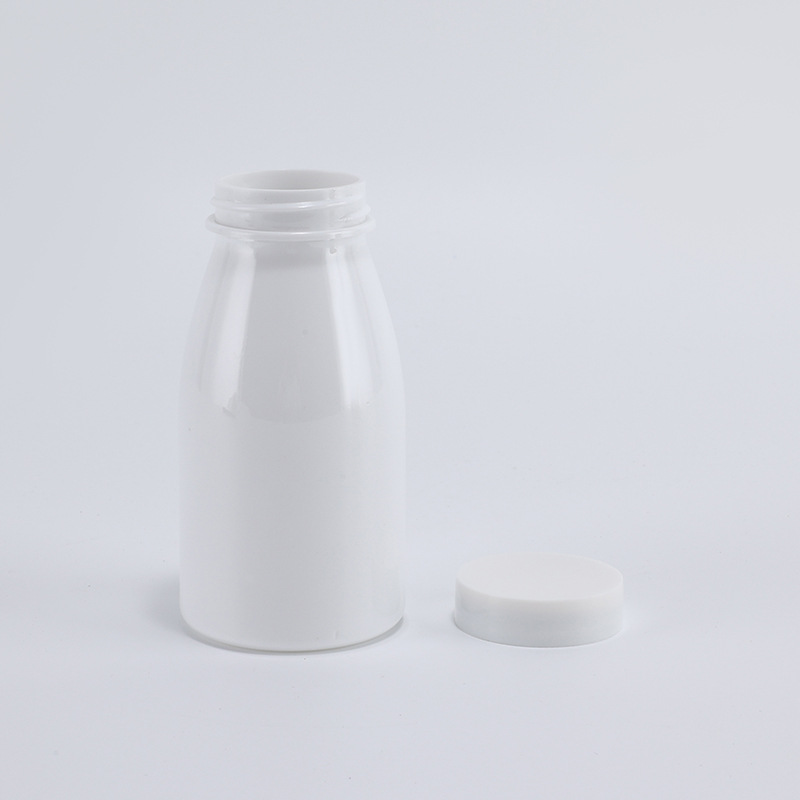
Section 3 Paper Cartons for Milk Packaging
3.1 Pros of Paper Cartons
Paper cartons have gained popularity in the milk packaging industry for several eco-friendly reasons. Their lightweight nature is a significant advantage, reducing transportation costs and energy use, which in turn minimizes their overall carbon footprint. This aspect is particularly appealing in the current climate of environmental awareness, where reducing emissions is a key concern for both consumers and brands.
A notable environmental benefit of paper cartons is that they are often manufactured from recycled materials. This not only promotes the circular economy by reusing resources but also reduces the demand for virgin materials, further lessening the environmental impact. Moreover, paper cartons are biodegradable, which means they break down more easily in the environment compared to plastic, reducing long-term waste issues.
Another advantage is their aesthetic and branding potential. Paper cartons offer a broad surface area for high-quality printing and branding, allowing for eye-catching designs and effective communication of brand messages. This can be a crucial factor in marketing and shelf appeal in competitive retail spaces.
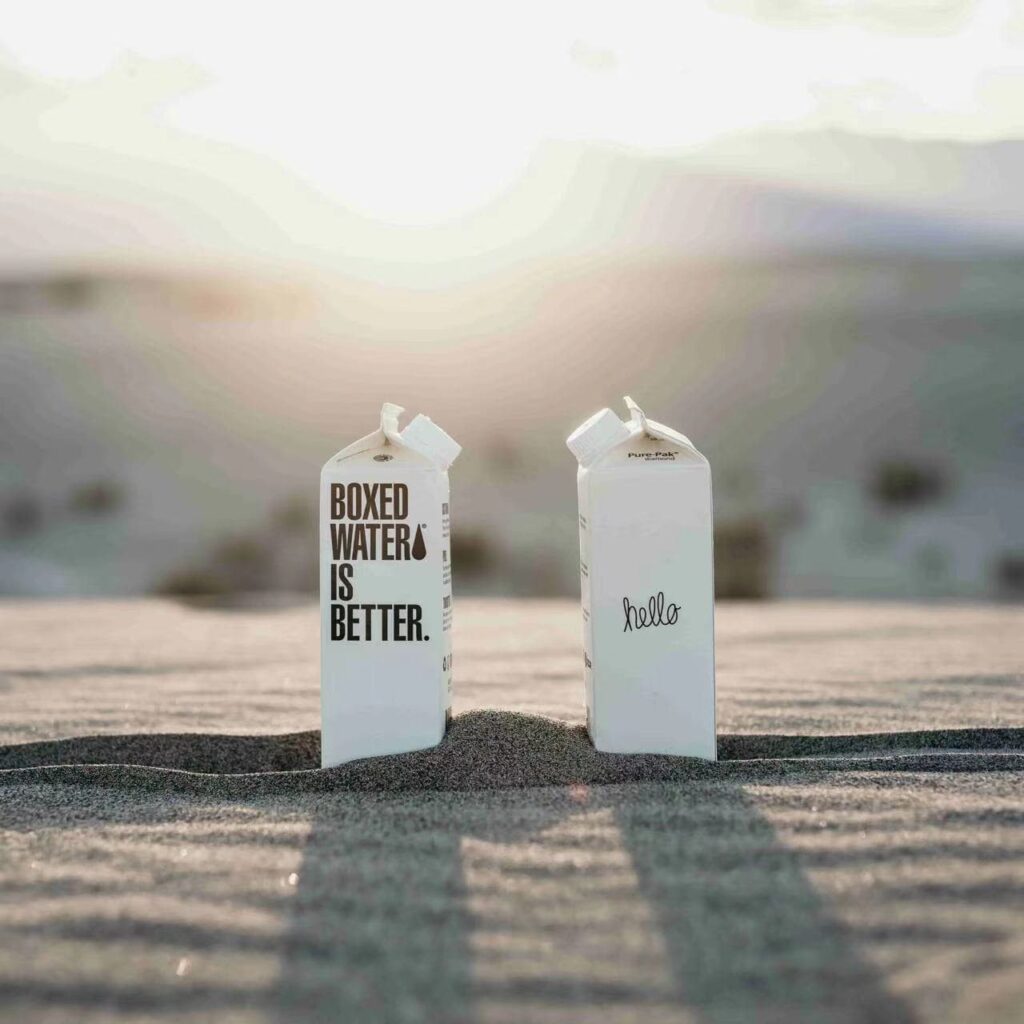
3.2 Cons of Paper Cartons
Paper cartons may offer several advantages over plastic or glass packaging; however, their main drawback lies in their shorter shelf life compared to these materials. Paper cartons are less effective at blocking light and oxygen which can speed up milk spoilage and thus reduce its shelf life, rendering them unsuitable for long-term storage or products which need an extended shelf stability period.
Diary food with paper cartons may also become compromised when exposed to moisture or humidity, becoming susceptible to leakage and less reliable for transport and storage. When wet, they can lose strength and shape, increasing leakage risk while making transportation and storage less reliable.
Paper may seem recyclable at first glance; however, their true recyclability may be more complex than first imagined. Milk packaging cartons commonly include thin layers of plastic or aluminum lining designed to prevent leakage and extend shelf life; however, this lining complicates recycling as it requires physically separating these materials from their paper component – something not always feasible in standard recycling facilities – diminishing environmental benefits while creating confusion among consumers as to whether these cartons truly qualify as recyclable products.
It may present more eco-friendly solutions than plastic alternatives for milk packaging; however, they come with their own set of challenges that must be considered when making decisions regarding milk supply chain logistics.
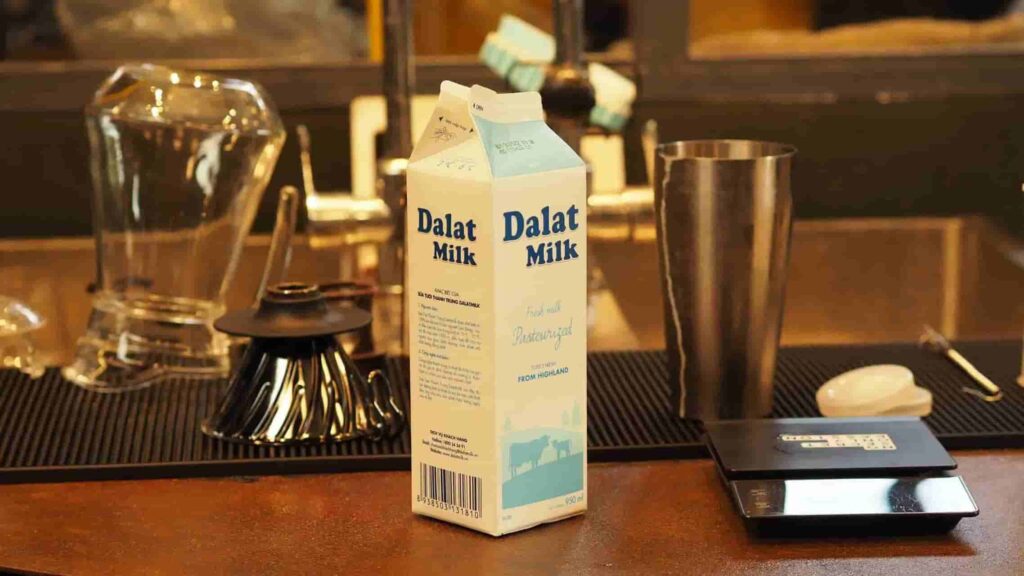
Conclusion
Glass bottles, long revered for their ability to preserve milk’s purity, also excel as environmentally friendly solutions. Plastic bottles align with sustainability practices while being recyclable; however, their weight and fragility require special handling. Plastic bottles offer unparalleled convenience and durability – making them a practical option for many people. However, their environmental impact remains a concern, contributing to an ever-increasing plastic waste problem. Paper cartons offer some balance by being lighter and less environmentally damaging than plastic; however, they may not offer as robust protection as glass or plastic does.
As part of selecting a suitable packaging solution for your product, it’s crucial to consider several factors, including its specific requirements, the core values embodied by your brand, and customer preferences and needs. When looking at options that balance sustainability with high quality, glass milk bottles offer an attractive solution: They not only demonstrate an environmentally responsible ethos but also enhance perceived product value while satisfying consumers who prioritize both environmental stewardship and quality in equal measures.










